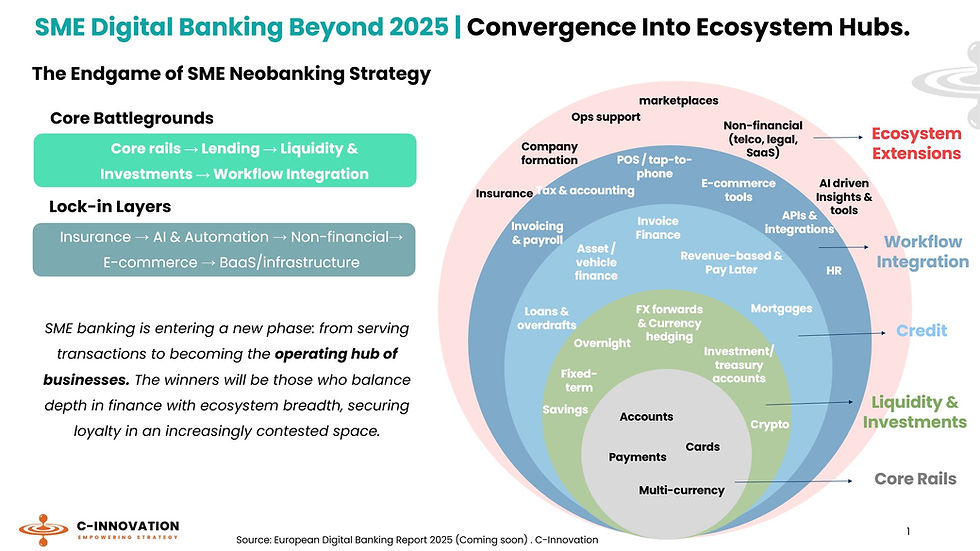Benchmarking Success: Comparative Insights into Digital Banking Performance in 2024
- Linda Souak & Javier Guevara
- Apr 26, 2024
- 10 min read
In 2024, the realm of digital banking remains a dynamic playground for neobanks, traditional institutions, and niche newcomers. Among neobanks, major international players have demonstrated resilience and growth over the past year while navigating economic and technological challenges.


